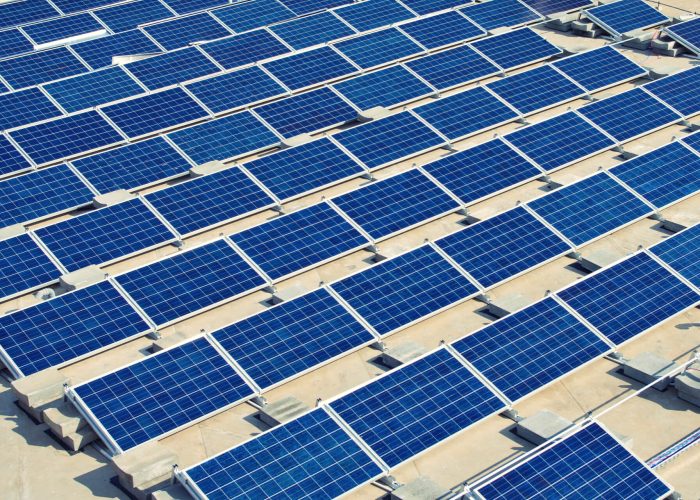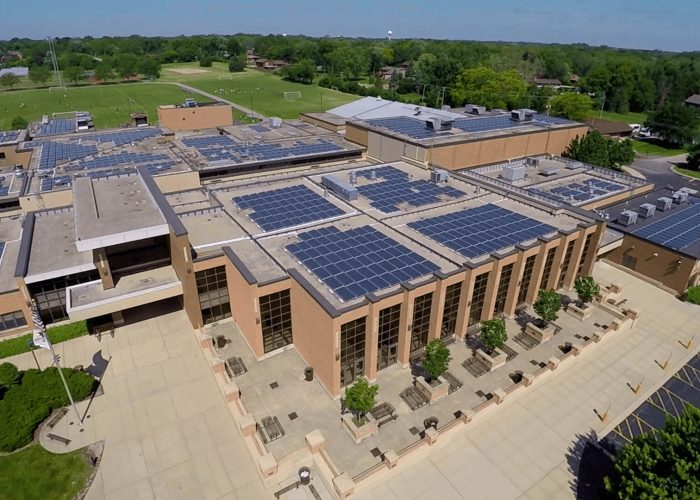
The proverbial stars have aligned, as the global growth of solar energy is driven by a dramatic decline in installation costs. Coupled with the enticing rebates and incentives for solar photovoltaic (PV) usage across the nation, the United States has seen a rapid increase in the use of this alternative energy.
While there are cities with deregulated electric systems and competitive electric rates, the support has consistently been there for “green” energy sources, but its implementation was not feasible. Finally, with new technologies that decrease initial costs, solar power has really taken off. At long last, the public perception and politically mindset behind going green is making sense fiscally.
Local governments can now hedge against rising electric rates by using solar PV to supplement their energy needs. Because solar PV does not require any fuel and minimal maintenance, it makes for an ideal option in guaranteed energy savings contracts. Utilizing this technology will not only provide the city with guaranteed energy production, it opens the door for net metering, tax incentive benefits from third-party investors, and the positive press of a sustainable community. In recent years, there has been a strong public push toward sustainability and renewable energy but few cost-effective means of achieving these goals. Solar energy implementation has now become a viable means of achieving these goals. As electric rates continue to increase and solar PV costs continue to drop, solar becomes a more attractive option every day.
The Future of Solar
Moving forward, the most exciting piece of solar energy’s growth is the rapid advancement of its technology. It seems that every day there are breakthroughs that make for more efficient, cheaper solar options. With the nature of solar power, battery storage is the logical progression of this technology. Being able to store energy from an extremely efficient solar cell will drive green efforts to new heights.
Jeff McMahon of Forbes Magazine does an excellent job of articulating the key reasons for the recent solar boom. He drives home the six important factors with well-documented and current references.

David Temming has worn several engineering hats during his 20 plus year career. However, energy conservation, lighting design and energy production have always been key components. In 2014 David was recruited by Performance Services.
David Temming Engineering Manager6 Reasons For The Solar Boom
FORBES MAGAZINE
Reduced cost is the most obvious reason solar energy has blossomed across the United States in the last five years, aided by improved technology, but many factors have contributed to the boom, system installers and manufacturers said in Chicago Tuesday.
“In 2010 there were only 2,323 megawatts of solar. As of Feb. 2014, there’s now 12,057 megawatts of solar energy,” said John Mueller of G&W Electric, a manufacturer, at a symposium hosted by the Illinois Institute of Technology. “That represents 1.3 percent of the grid right now, as of February 2014.” …



